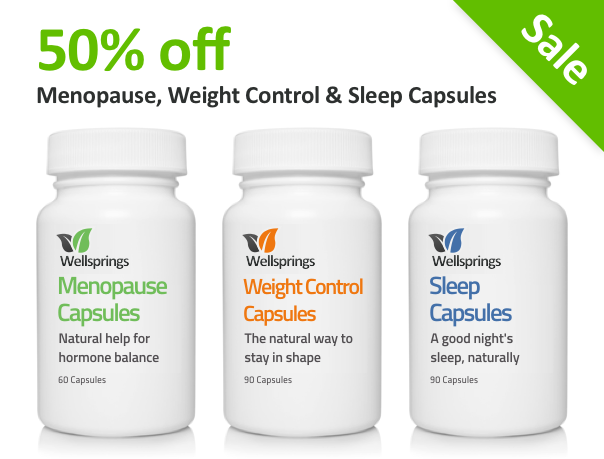Premenopausal Osteoporosis: What You Need To Know
Think this condition only affects older women? Think again as osteoporosis can certainly occur earlier than you think.

Your chances of getting the bone-thinning disease osteoporosis go up with age, especially after menopause. But it’s not uncommon for women to get the condition before menopause when it is premenopausal osteoporosis or bone loss.
As your bones become thinner with osteoporosis, they break more easily. For millions of women, everyday activities like standing, walking, and bending may be enough to cause a broken bone if they have a risk factor.
No matter your age, many things can help you treat osteoporosis and prevent more bone loss.
Signs of premenopausal osteoporosis
You can have osteoporosis at any age and not know it because there are often no symptoms. For many women, the first sign that they have the condition is a broken bone.
Osteoporosis tends to affect the specific bones that let us be active: the bones of the spine, wrists, shoulders, pelvis, and hips. These fractures can change the shape of your body, especially when they affect the spine.
The age at which you lose bone depends on your specific risk factors. One woman might be in her 40s or 50s with very strong bones while another can be in her 30s and have early signs of premenopausal osteoporosis, including fractures.
After many years, your bones become thin enough that they break from minor causes. For example, you might trip over a crack in the pavement and fracture your ankle. Or lifting a heavy bag of groceries for example might cause a wrist fracture.
The first fracture will usually heal. But as long as the bones are thin and weak, they are more likely to fracture again, which could get more painful and limit your movement as time goes on.
What are the risk factors?
Things that make you more likely to get the condition include:
- a family history of osteoporosis or fractures
- a history of eating disorders, such as anorexia or bulimia
- a history of other diseases, including kidney disease, coeliac disease, thyroid disease, and connective tissue disorders
- your periods become irregular over the course of more than 12 months
- long-term lack of exercise or overtraining
- being a long-term smoker
- not getting enough calcium
- taking specific drugs, including steroids, antiseizure meds, some chemotherapy drugs, and long-term use of the blood thinner heparin
- weighing less than 9 stone
While you can control some risk factors, some you can’t change. For example, you can’t change your family history. Or you may get cancer and need chemotherapy to treat it.
Helpful information:
It is no surprise that hormone balance is also key for osteopenia and osteoporosis as it is the two major female hormones that are involved.
It is oestrogen that clears away old bone, but it is progesterone that is essential to build new bone.
Bioidentical progesterone plus a good diet with the essential bone building nutrients is the foundation for keeping strong, healthy, bones.
Among the nutrients needed are vitamin D, vitamin K2, calcium, magnesium, turmeric, silica and boron. The best way to obtain these nutrients is in a well balanced bone supplement and through your diet.
Research has indicated that a Mediterranean diet that consists mostly of fruit, vegetables, nuts, olive oil and fish could prevent millions of at risk patients from breaking their hips.
This diet also means cutting down on salt, red meat and sugary drinks and foods and reducing saturated fats, but the odd glass of red wine is also encouraged!.
If you would like some more help to keep bones strong and healthy, then this article will help.
https://anna.blog.wellsprings-health.com/eating-to-build-strong-bones/

















